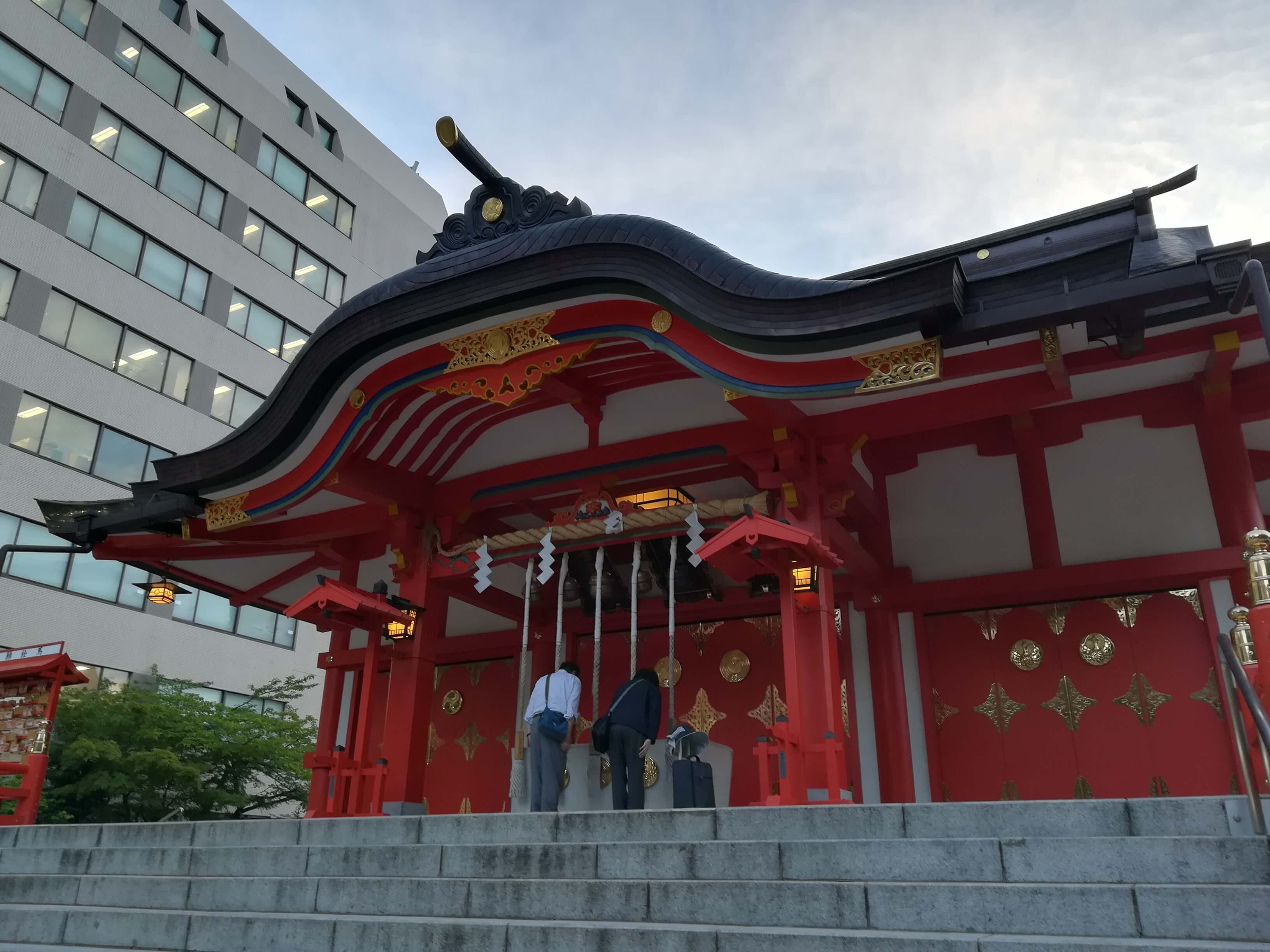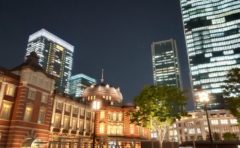Shinjuku, Kabukicho, one of Asia’s largest entertainment districts, attracts tourists from all over the world as well as Japanese.
The Hanazono Shrine is a Shinto shrine near Shinjuku and Kabukicho.Here we will explain about the “power spots”, “profits” and “accesses” of Hanazono Shrine, which is famous for the ”Tori-no-Ichi.
Hanazono Shrine as a power spot
History of the Shinjuku Hanazono Shrine
Hanazono Shrine is said to have begun to split up the sacred body from Yamato Yoshinoyama and to be delivered before 1603 when Ieyasu Tokugawa opened the Shogunate in Edo.
The place where I am is now is Shimohari Oshiari (Syomiyoshi = a separate residence that serves as the Owari Shishi mansion in Edo, not local Nagoya), which is the head of the Tokugawa Gosan (the second highest rank after the Shoguns). In the garden, there were beautiful flowers blooming up to it.
Because of that, it is said to be called “Hanazono Inari Shrine” and to be loved by the local people.
Reason that is said to be power spot
From the legend that the original was the land of high-class people and the flowers that would not bloom without the grace of the earth bloomed, it is clear that this land was a clean and beautiful power spot .
In fact, when I stood at this shrine, a big wind blew up.
It was a kamikaze that felt something as strong as trying to see through my heart, rather than just a gentle god’s wind.
I strongly feel that it was born from the power of this high-class earth here.
Benefit of Hanazono Shrine
Profit is prosperous home and business! Married Married Man, Child Treasure Inari
Since ancient times, Hanazono Shrine has been worshiping the god of grain and food called Uganomi Tamanokami, who is said to be a representative god of Inari Shrine.
Then, in the Edo period, Shinjuku Otori Shrine was settled in the precinct of Hanazono Shrine, and the Japanese god of worship (Yamato Taker Nomikoto) came to be worshiped.
At the beginning of the Showa era, the Raiden Shrine located in Shinjuku 4-chome was also housed in the same ground, and the three pillars of God came to be worshiped along with the shrine deity, Ukemotinokami.
It is said that you can receive high profits such as Kura Tairashin, five grain richness from the god of acceptance, and family and business prosperity from Japan God, good luck, good fortune, and prosperity of family and company from the god of Japanese martial arts. .
Also, the “Intoku Inari Shrine” located in the same ground is great.
This is the Inari of the belief in the bones that is said to have a high profit in the “Early couple”, “child treasure” and “margin” from the Edo period. It is a rumor.
Amulet is a rumor with high profits
Of course, the amulet, business prosperity is also introduced, but in addition, we introduce the unique amulet of this shrine.
Husband and wife
We are praying for “married couple, house inner circle” “child treasure” according to the benefit as amulet of “Watoku Inari Shrine”.
Arts and craftsmen
It is an amulet of “the entertainment Asama Shrine”. It is good to write the stage name on the back of the amulet and wear it.
Flexible guard
It is an amulet that has been prayed to be useful for work, relationships, and everything else. In an inflexible world, it is one of the amulets that I would like to receive in my next visit.
Daruma Mikuji
A lot of fortunes come out of a small Dharma made of wood. Daruma is red and white, and each face is different, so it is also fun to see which face Daruma comes to himself.
Hanazono Shrine is famous for its flea market and Tori-no-Ichi
Let’s get a lucky fortune rake in “Tori-no-Ichi”
Because the day of the day of the nephew of November in Japan is considered to be the day of the death of ”Yamato-Takeruno-Mikoto”, the deity of Hanazono Shinto Shrine, the “Tori-no-Ichi” began to be held on the day of the day of November.
Since the number of day of the persimmon is different depending on the year, if there is only one year with “Ichi-no-Tori”, there will be “Ni-no-Tori” and “San-no-Tori” as well. You can check from “Annual Events-This year’s event schedule”.
Especially famous in this city is “Good luck rake”.Rake is said to have the benefit of scraping “luck, people, work” etc., and the profit has become a big rumor among those who wish to do business well and those who are freelancers.
The rule of thumb for buying a good luck rake for the first time is to make it smaller.The reason is that it is a practice to increase the size gradually as you advance to the benefit of the rake, and to wish for even greater good luck.
In addition, three types of talismans are particularly famous: the “Fulse wallet” for collecting goods, and the “Attack” with the benefit of amulet and family security.
November is over! And those who thought too bad are fine. In fact, these amulets can be received at this Hanazono Shrine throughout the year.After being worshiped on the three pillars of the deity, it is an amulet you would like to receive and take home.

Bargains in the blue sky antique city
On a Sunday morning without any events, the “Blue Sky Antique City” is held in the precinct of Hanazono Shrine.
It is rumored that it is possible to find digging mainly at Japanese traditional things such as kimonos, kimono fabrics, bands, hanging shafts, and antique porcelain.
It is also very popular among foreign tourists, and the appearance of people of different races in the historical grounds is a very mysterious atmosphere.
Would you like to enjoy the mysterious space where history and present are fused?
Access to Hanazono Shrine
map

Access
■ Train
Tokyo Metro Marunouchi Line, Fukutoshin Line, Toei Shinjuku Line “Shinjuku Sanchome Station” E2 Exit 0 minute walk
7 minutes on foot from JR / Odakyu Line / Keio Line “Shinjuku Station” East Exit
■ car
5 minutes from Tokyo Metropolitan Expressway 4 Shinjuku Line Shinjuku Exit
■ Address
5-17-3 Shinjuku, Shinjuku-ku, Tokyo
03-3209-5265
Official site:









